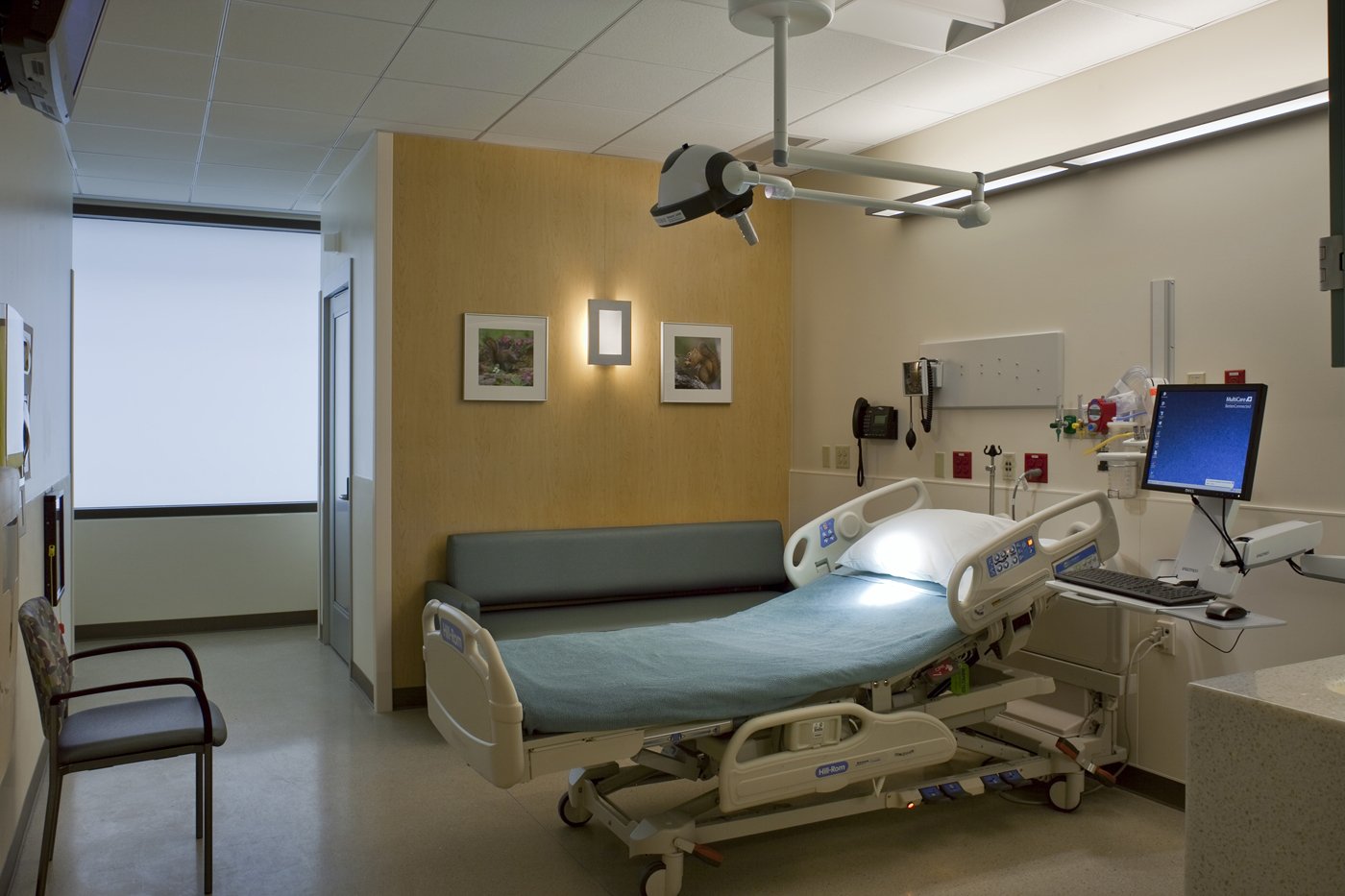
Nurses are critical to assuring a safe patient environment. Lack of organization and disarray in a patient's room can present challenges to safety and quality care. Nursing students need to develop keen observational skills to address potential hazards that may compromise safety, or negatively impact the patient's hospital experience.
This activity challenges students to identify errors in a patient room that can compromise safety or quality of care. The goal is to determine how many errors in a room the students can identify. This can be a fun and stimulating experience and works well for days when the unit may be slow. NOTE: Before beginning preparation for this exercise, be sure to check with the unit manager or educator for permission, and to identify an empty room you can utilize to ensure a full student experience.
Prior to the students’ arrival, configure the empty room with intentional errors. Use your creativity to create errors that may not be obvious, and really challenge the students’ critical thinking. An example of this might be crumpling the bedding to remind students that this has potential for pressure sores.
Provide a case study for the students to read prior to entry. A sample case study is provided below with the accompanying list of errors that are critical to the care of this patient. Develop your own case study to provide a different scenario, and align it with current learning objectives from the students’ theory class.
Case Study
Jim is a patient who has been re-admitted today for CHF and pneumonia. A peripheral IV and Foley catheter were placed this morning. He is always on 2 L of oxygen at home. He utilizes a walker for ambulation. Jim was just admitted last week due to a fall at home. His wife said he fell 2 more times since discharge on Sunday. He is known to be combative with female nurses. He has an open wound with MRSA and has been in isolation.
Room “Errors” for Students to Detect
Post Conference
Meet with students to share errors the students have identified, either individually or as a group. Identify any errors they may have missed, and also ask if they found any that are not on the answer list. Discuss findings as well as the rationale for correcting each error, and how this can result in addressing the patient’s safety, improving health outcomes and/or their hospital experience.
—Thanks to Erika Meyerhofer-Pankow, MSN, RN for submitting this student exercise. Erika is a clinical instructor for Concordia School of Nursing, and currently teaches at Columbia St. Mary’s – Ozaukee, 3 South.
—
If this story has inspired you, why not explore how you can help further Concordia's mission through giving.
